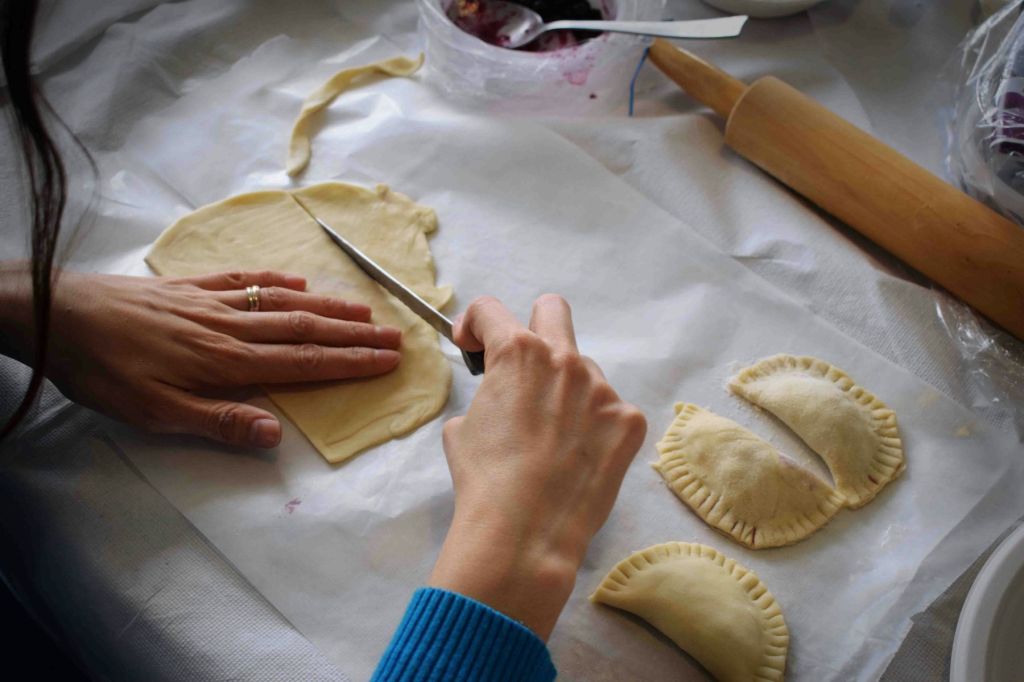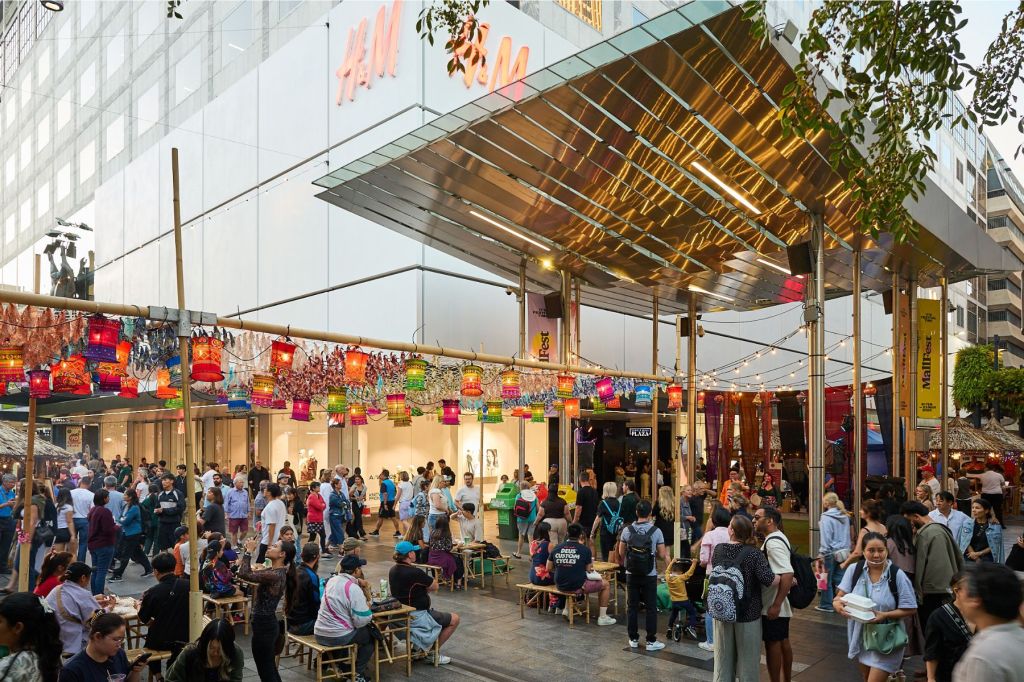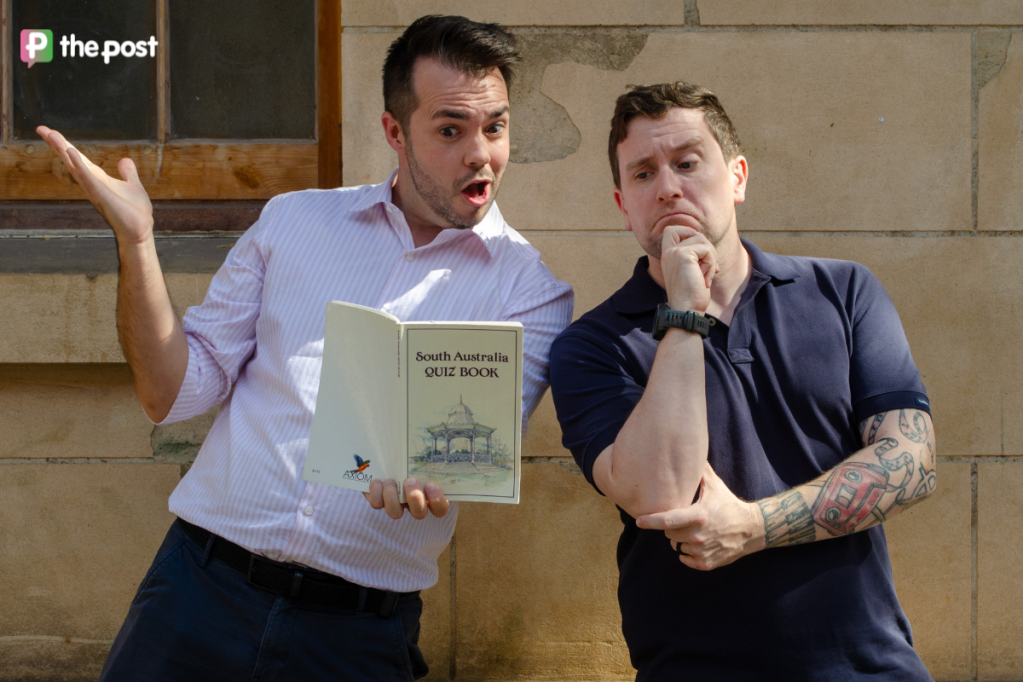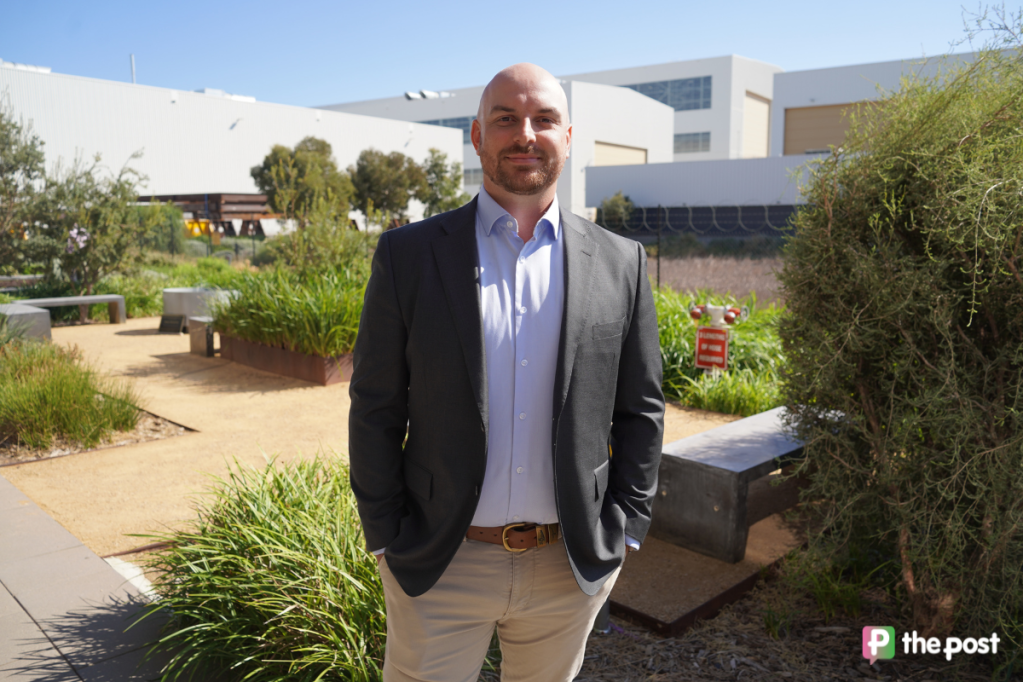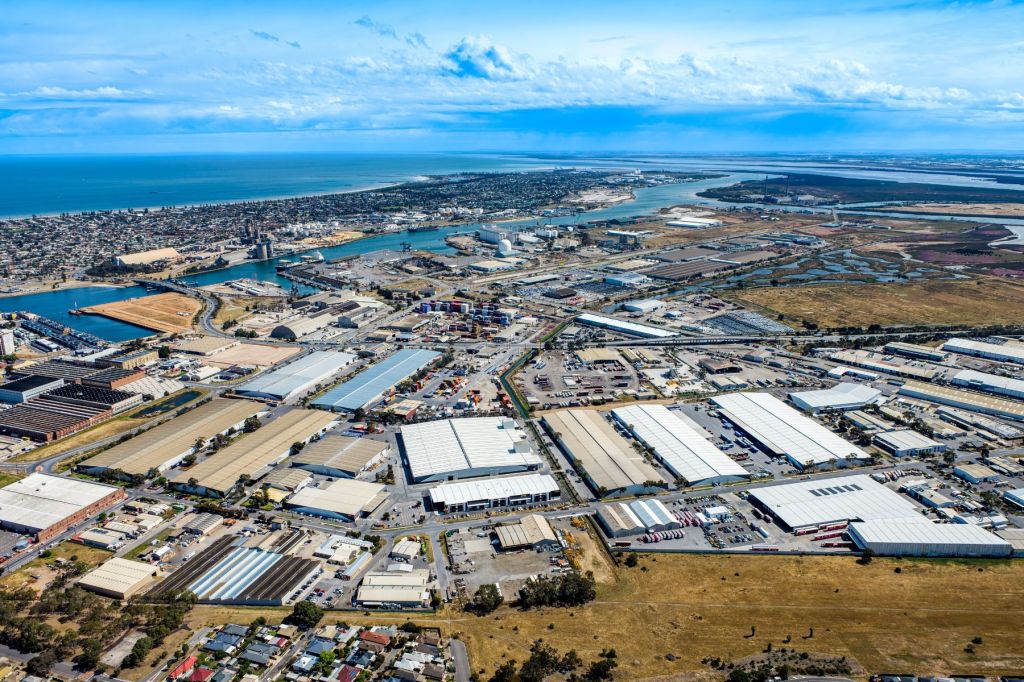SA inflation pattern ends as room made for rate cut
A drop in inflation in Adelaide ended a long-term pattern, while underlying inflation nationally fell, paving the way for a Reserve Bank interest rate cut in May.
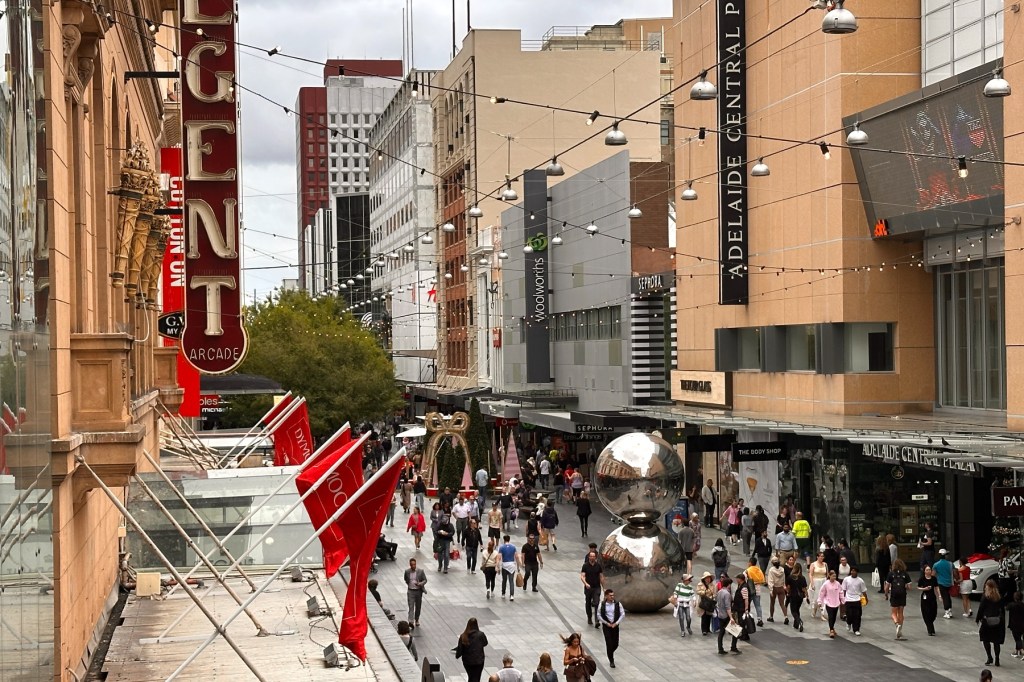
Underlying inflation has fallen to 2.9 per cent on an annual basis in Australia, while in Adelaide inflation fell to 2.2 per cent for the year to March.
For Adelaide, the fall in CPI is down from 2.5 per cent for the year to December.
BDO Economics partner Anders Magnusson said Adelaide had consistently recorded annual CPI growth above the national average since June 2022.
“The drop to 2.2 per cent in the March quarter ended this pattern,” he said.
Nationally, Australia’s CPI is continuing its downward trajectory, with headline inflation remaining at 2.4 per cent and underlying inflation dropping below 3.0 per cent for the first time since COVID.
You might like
Magnusson said that while the historical data looks at the months before US President Donald Trump’s tariff war, “it alone provides sufficient evidence for the RBA to cut the cash rate by 25 basis points in their May board meeting”.
Lowered cash rates could provide relief to South Australian households, the BDO partner said.
“According to the latest CommSec State of the States report for April 2025, South Australia has dropped from equal second to fourth position on the economic leader board, held back by lower rankings in economic growth, equipment investment, and relative population growth,” he said.
“Lowered cash rates may provide relief to households, leading to increased disposable income. This has the potential to boost consumer demand and spending, improving on some of these areas such as business investment and economic growth.
Stay informed, daily
“CommSec State of the States also highlighted that South Australia saw the second highest annual increase in home prices through to March 2025. While a low cash rate tends to increase house prices, Adelaide’s housing market has historically shown a less pronounced relationship between the cash rate and home values compared to other capital cities. This should reassure the South Australian buyers, as the anticipated May cash rate cut may have a smaller local price impact than other states amidst the already tight housing market.”
Nationally, the trimmed mean, the RBA’s preferred inflation measure, grew by 0.7 per cent in the March quarter, slightly higher than forecast, pushing the annual figure below three per cent for the first time since December 2021.
Also known as underlying inflation, the trimmed mean excludes or down-weights items with irregular price changes for a more accurate picture of price growth.
Headline inflation grew 0.9 per cent in the March quarter to reach 2.4 per cent on an annual basis for a second straight quarter, within the RBA’s two to three per cent target range for the third quarter in a row.
The central bank had not forecast the trimmed mean to reach 2.8 per cent until the June quarter and has flagged that its May meeting would be an “opportune time” to revisit its monetary policy setting.
Economists at CBA, ANZ and Westpac expect a 25 basis point rate cut in May, which would bring the cash interest rate down to 3.85 per cent.
But “a reduced forecast for economic growth has implications for domestic inflation and the RBA’s next cash rate decision,” Magnusson said.
“Slower growth would take some heat out of the economy, reducing inflation, and prompting the RBA to be more resolute about reducing the cash rate in May,” he said.
“Services inflation, which relies heavily on labour, has reduced to the lowest annual increase since the June 2022 quarter. Meanwhile, Australia’s labour market continues to maintain its strength without giving rise to the wage-induced inflation that some have feared. This reduces the near-term unemployment risk that the RBA faces by keeping the cash rate at a restrictive level, reducing the urgency with which to cut.
“Despite this, the case to cut is stronger. I expect the RBA to cut the cash rate by 25 basis points in May and continue cutting through the year.”
